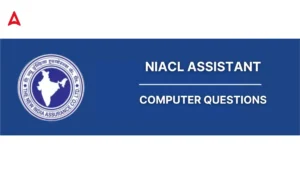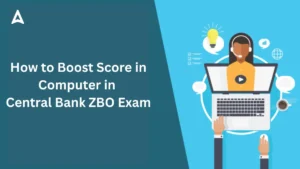Q1. VIRUS stands for___.
(a) Vital Information Resources Under Siege
(b) Viral Important Record User Searched
(c) Very Interchanged Result Until Source
(d) Very Intelligent Resources Under Search
(e) None of these
Q2. To protect yourself from computer hacker, you should turn on a __________.
(a) Firewall
(b) Script
(c) VLC
(d) AUP
(e) Antivirus
Q3. A virus that migrates freely within a large population of unauthorized email user is called a __________.
(a) worm
(b) flame war
(c) macro
(d) plagiarism
(e) None of these
Q4. A __________ is one of thousands of programs that can invade computer and perform a variety of functions ranging from annoying (e.g., popping up messages as a joke) to dangerous (e.g., deleting files or destroying your hard disk).
(a) MS Access
(b) MS Word
(c) Antivirus
(d) Computer Virus
(e) None of these
Q5. What is short name for malicious software (i.e. software designed to disrupt computer operation, gather sensitive information, or gain unauthorized access to computer systems)?
(a) Moleculewar
(b) Malisoft
(c) Malairasoft
(d) Malware
(e) None of these
Q6. __________ means to prove/verify the identity of the entity that tries to access the system’s resources.
(a) Entity authentication
(b) Message authentication
(c) Password authentication
(d) All of the above
(e) None of these
Q7. What is the name of the viruses that fool a user into downloading and/or executing them by pretending to be useful applications?
(a) Cracker
(b) Worm
(c) Trojan horses
(d) Keylogger
(e) None of these
Q8. Which of the following is/are threat(s) for electronic payment system?
(a) Trojan horse
(b) Computer virus
(c) Computer worms
(d) All of the above
(e) None of these
Q9. Which of the following virus overtake computer system, when it boots and destroy information?
(a) Trojan
(b) System infectors
(c) Stealth virus
(d) Boot infectors
(e) None of these
Q10. Which of the following describes programs that can run independently travel from system to system and disrupt computer communication?
(a) Trojans
(b) Viruses
(c) Worm
(d) Droppers
(e) All of these
Q11. The first Computer Virus is __________.
(a) Creeper
(b) Sasser
(c) Blaster
(d) All of the above
(e) None of these
Q12. McAfee is an example of __________.
(a) Virus
(b) Antivirus
(c) Word Processing Software
(d) Photo Editing Software
(e) None of these
Q13. __________ are attempt by individuals to obtain confidential information from you by falsifying their identity.
(a) Phishing trips
(b) Computer viruses
(c) Spyware scams
(d) Viruses
(e) Phishing scams
Q14. In digital signature, the private key is used for __________ and the public key for __________.
(a) encryption, decryption
(b) decryption, encryption
(c) plaintext, ciphertext
(d) ciphertext, plaintext
(e) None of these
Q15. Which of the following would most likely not be a symptom of a virus?
(a) Existing program files and icons disappear
(b) The CD-ROM stops functioning
(c) The web browser opens to an unusual home page
(d) Odd message or images are displayed on the screen
(e) None of these



 Computer Questions Asked in NIACL Assist...
Computer Questions Asked in NIACL Assist...
 How to Boost Score in Computer in Centra...
How to Boost Score in Computer in Centra...
 Computer Questions Asked in IDBI Executi...
Computer Questions Asked in IDBI Executi...








